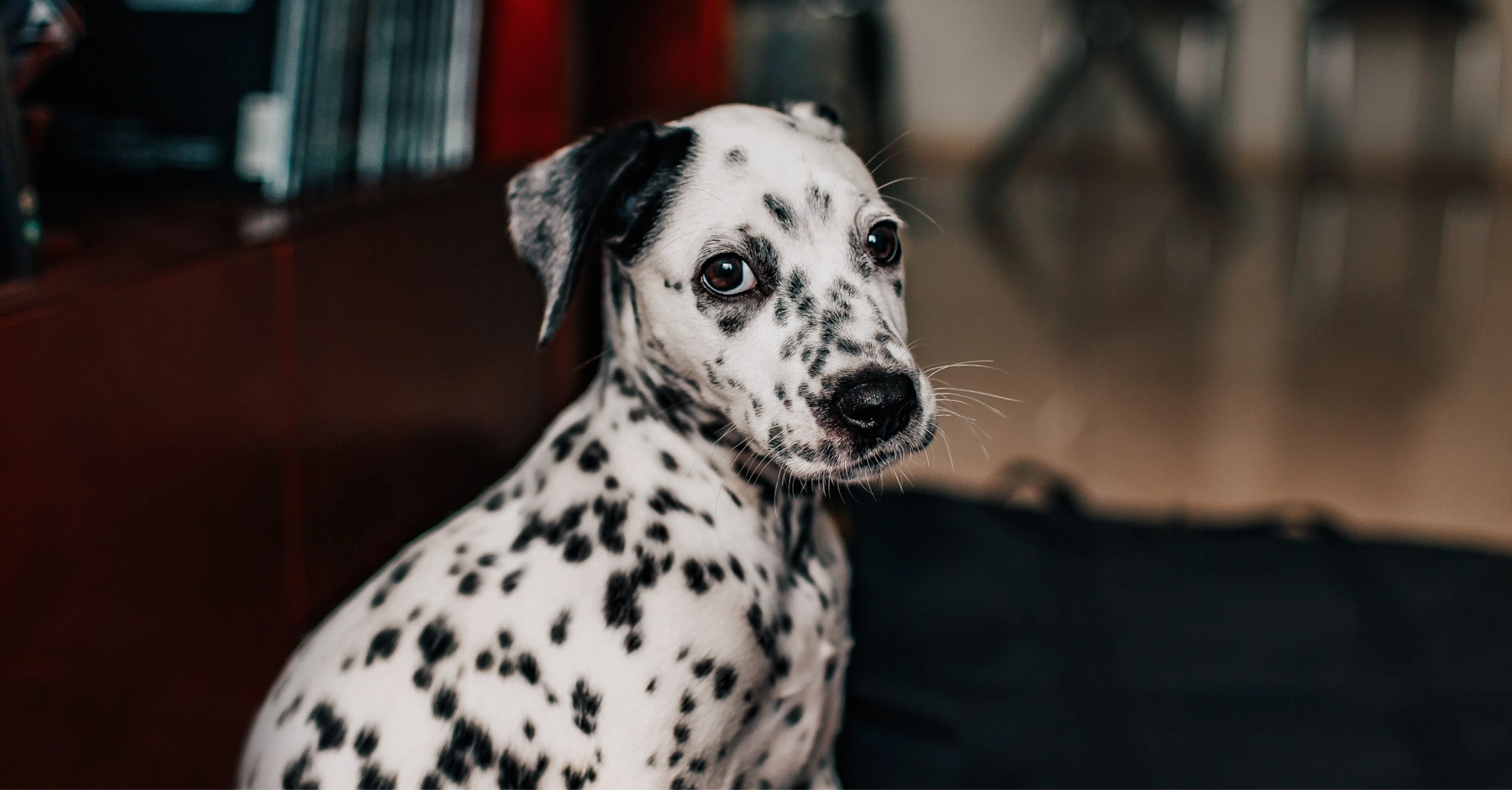The Dalmatian dog breed has captivated the hearts of dog lovers for centuries. With their striking coat adorned with distinct spots and their athletic build, these regal canines have become synonymous with grace, elegance, and companionship. Originating from Croatia, the Dalmatian has a rich history and a unique set of characteristics that set it apart from other breeds. In this blog post, we will explore the fascinating world of Dalmatians, shedding light on their origin, appearance, temperament, exercise needs, and health considerations. Whether you are a seasoned dog enthusiast or simply intrigued by this distinctive breed, join us as we uncover the wonders of the Dalmatian dog in the United Kingdom.
History and Origin
While the exact origins of the Dalmatian breed remain shrouded in mystery, evidence of dogs with similar spotted coats can be traced back thousands of years. Ancient artifacts, including Egyptian tomb paintings and Greek friezes, depict dogs with spotted markings reminiscent of the Dalmatian. These early depictions suggest that the breed’s ancestry may be much older than previously believed.
The Dalmatian’s name pays homage to its supposed birthplace, the coastal region of Dalmatia in present-day Croatia. It is widely believed that the breed originated in this area, although the precise lineage remains uncertain. Dalmatians were initially bred for their versatile skills, serving as guardians, hunters, and even herders.
During the 18th and 19th centuries, Dalmatians gained recognition and popularity as coach dogs and carriage companions. Their natural affinity for horses and their ability to run alongside horse-drawn vehicles made them invaluable in guiding and protecting the horses and passengers. Dalmatians became a familiar sight on the roads, accompanying noble families and wealthy individuals on their journeys.
In the early 19th century, Dalmatians found a new role as firehouse mascots. Firefighters in the United Kingdom and the United States embraced the breed for its loyalty, agility, and alertness. Dalmatians were often seen alongside horse-drawn fire engines, providing company and guarding the equipment. They became symbols of fire departments and their unwavering dedication to public safety.
The Dalmatian’s popularity soared in the 20th century, thanks in part to their prominent appearances in literature and media. The beloved children’s book “The Hundred and One Dalmatians” by Dodie Smith, published in 1956, introduced the endearing characters of Pongo, Perdita, and their adorable spotted puppies to the world. The book’s subsequent adaptation into animated and live-action films further solidified the Dalmatian’s place in popular culture.
Today, Dalmatians continue to enchant dog enthusiasts around the globe. While their roles as carriage dogs and firehouse mascots have diminished, they thrive as loyal and affectionate family companions. Their distinctive appearance, spirited personalities, and boundless energy make them a popular choice for active individuals and families.

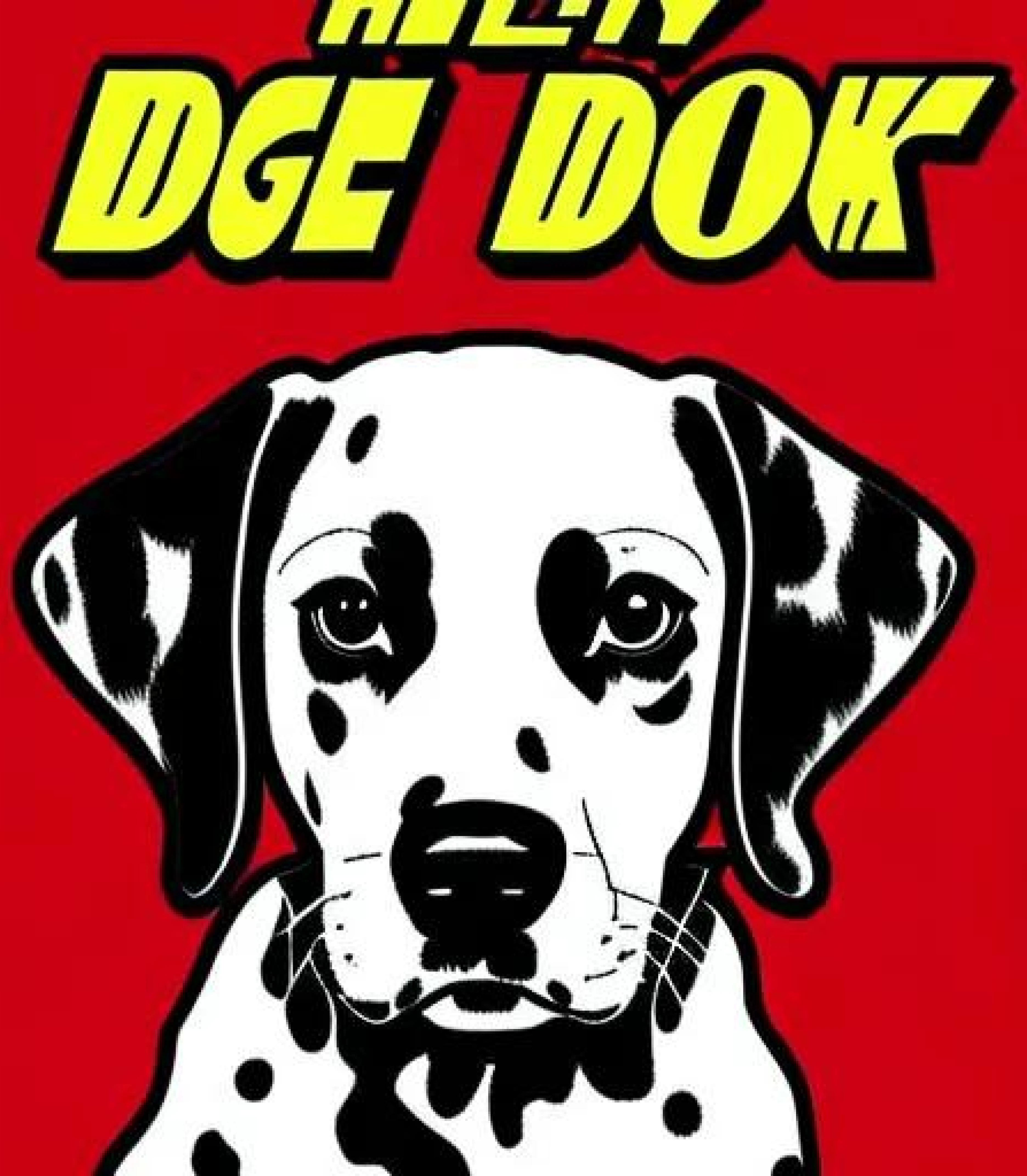
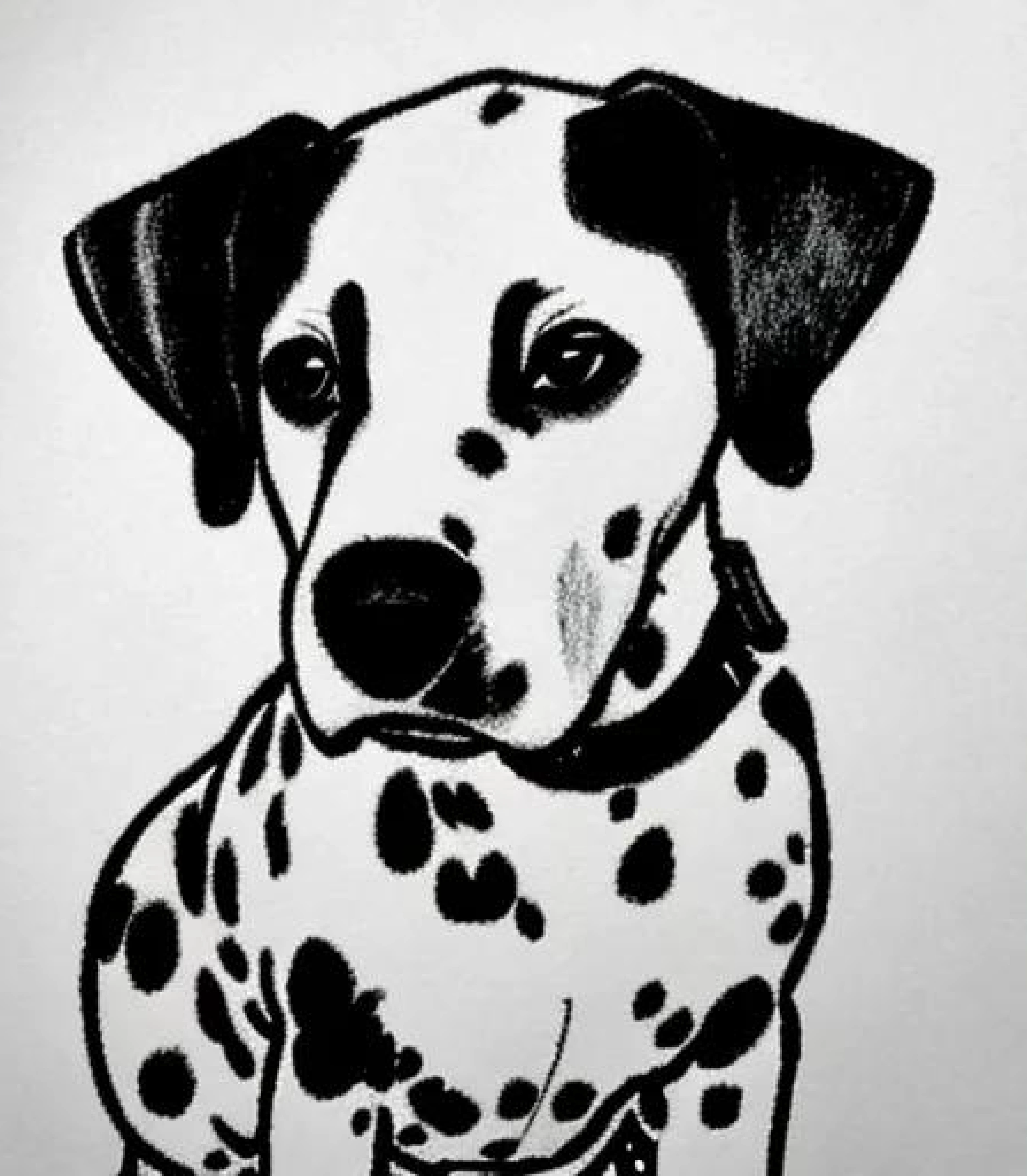
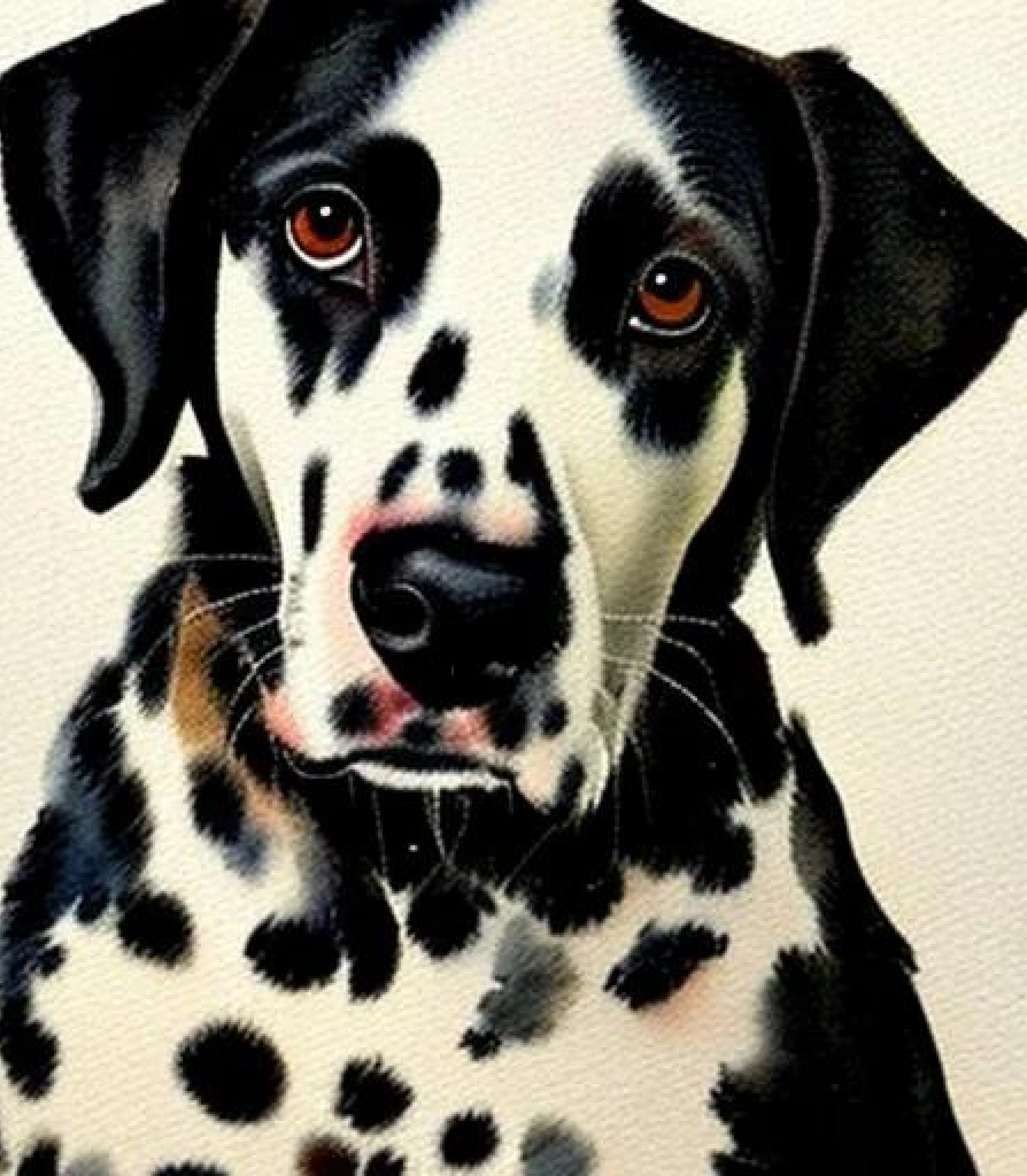
Striking Appearance
The Dalmatian’s most recognisable feature is its coat, covered in spots that can vary in size and density. The spots can be black or liver-coloured, and they develop as the puppies grow older. At birth, Dalmatians are born completely white, and their spots start to appear within a few weeks.
Beyond their striking coat, Dalmatians boast a well-proportioned, muscular body. They have a sleek and athletic build, with a deep chest, strong limbs, and a regal posture. Their expressive eyes are usually dark or amber in colour, complementing their alert and intelligent expression.
Temperament and Personality
Dalmatians are known for their friendly and outgoing nature. They are generally affectionate and enjoy spending time with their human companions. With proper socialisation from an early age, they can get along well with children and other pets. Dalmatians thrive on human interaction and are happiest when included as part of the family.
However, it is important to note that Dalmatians require consistent training and firm, yet gentle, guidance. They have a strong independent streak and may exhibit stubborn behaviour if not properly managed. Early obedience training and positive reinforcement methods are key to raising a well-behaved and well-adjusted Dalmatian.
Exercise and Activity
Dalmatians are energetic dogs that require regular exercise to keep them mentally stimulated and physically fit. They have a natural inclination for activities such as running, jogging, and playing fetch. Long walks, hikes, and interactive games are essential to meet their exercise needs.
As a highly active breed, Dalmatians may become bored or exhibit destructive behaviour if their exercise requirements are not met. Engaging them in agility training or participating in canine sports can provide them with the mental and physical challenges they crave.
Health Considerations
While Dalmatians are generally healthy dogs, they are known to be prone to certain inherited conditions. The most notable health concern is their predisposition to urinary stones, which can lead to urinary tract obstruction. This condition is a result of their unique metabolism, which affects the way they process uric acid. It is crucial to provide Dalmatians with a specialised diet and ample fresh water to maintain urinary tract health.
Additionally, Dalmatians may be prone to deafness, which is more common in the breed compared to other dogs. Regular hearing tests can help identify any hearing impairments and ensure appropriate accommodations are made for their well-being.
Dalmatians have rightfully earned their place as one of the most recognisable and beloved dog breeds. Their unique coat, regal appearance, friendly temperament, and active nature make them a great choice for families and individuals who are willing to invest time and effort into their care. The Dalmatian’s endurance, loyalty, and unmistakable charm continue to make them a cherished companion in the United Kingdom and beyond. So, if you are considering adding a Dalmatian to your family, get ready to embark on an exciting journey filled with love, adventure, and a lifelong bond with one of the world’s most iconic dog breeds.
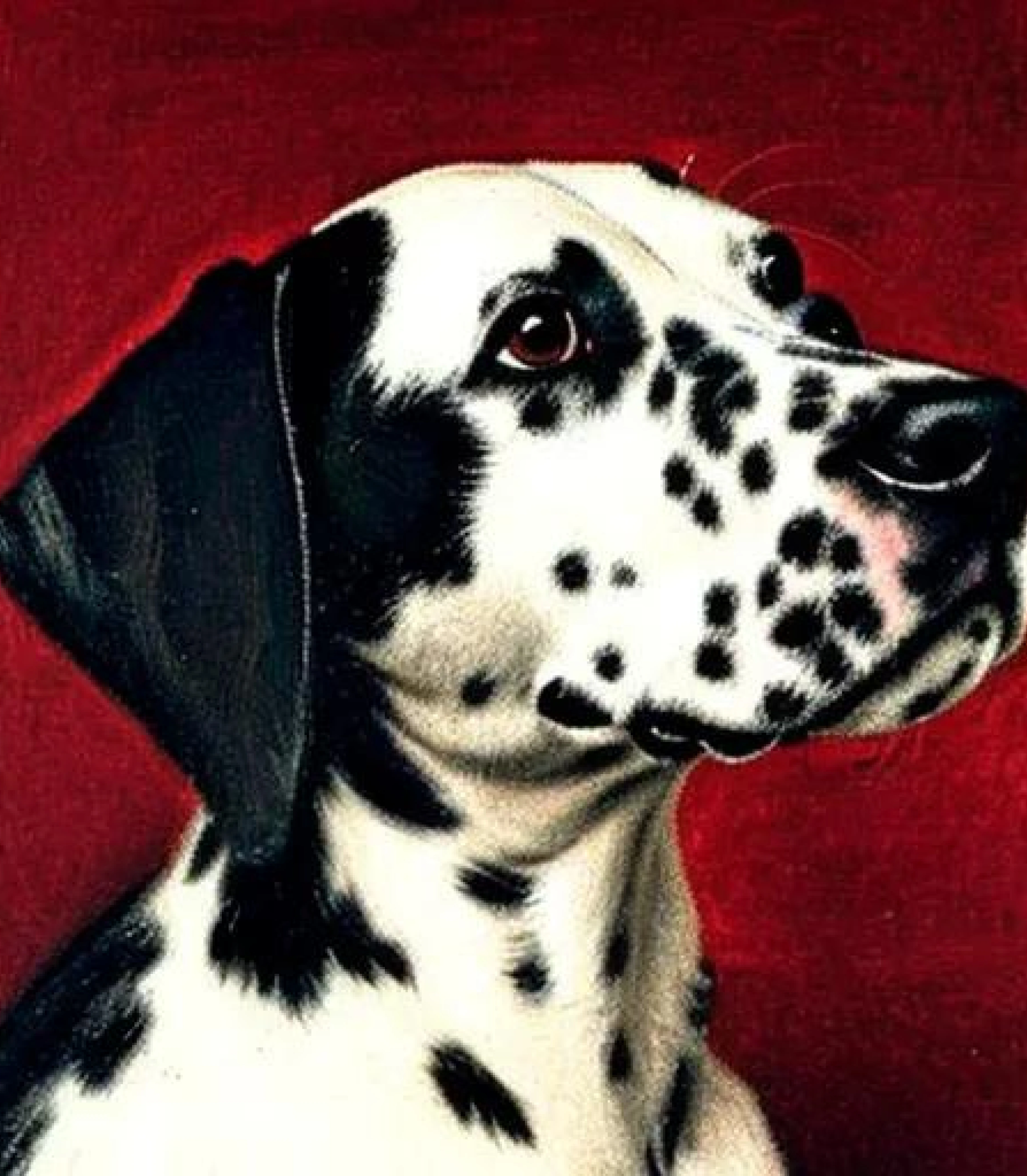
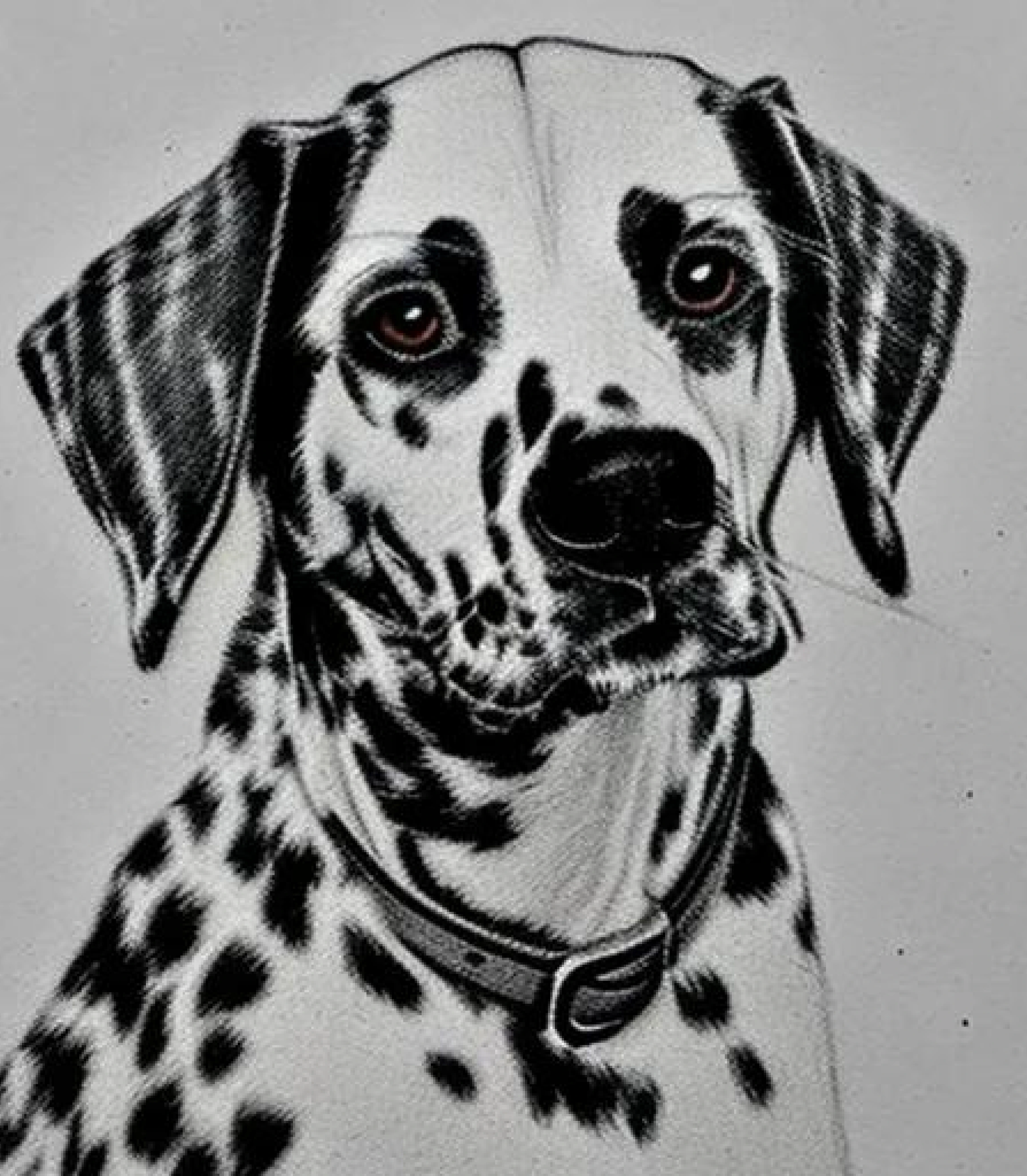
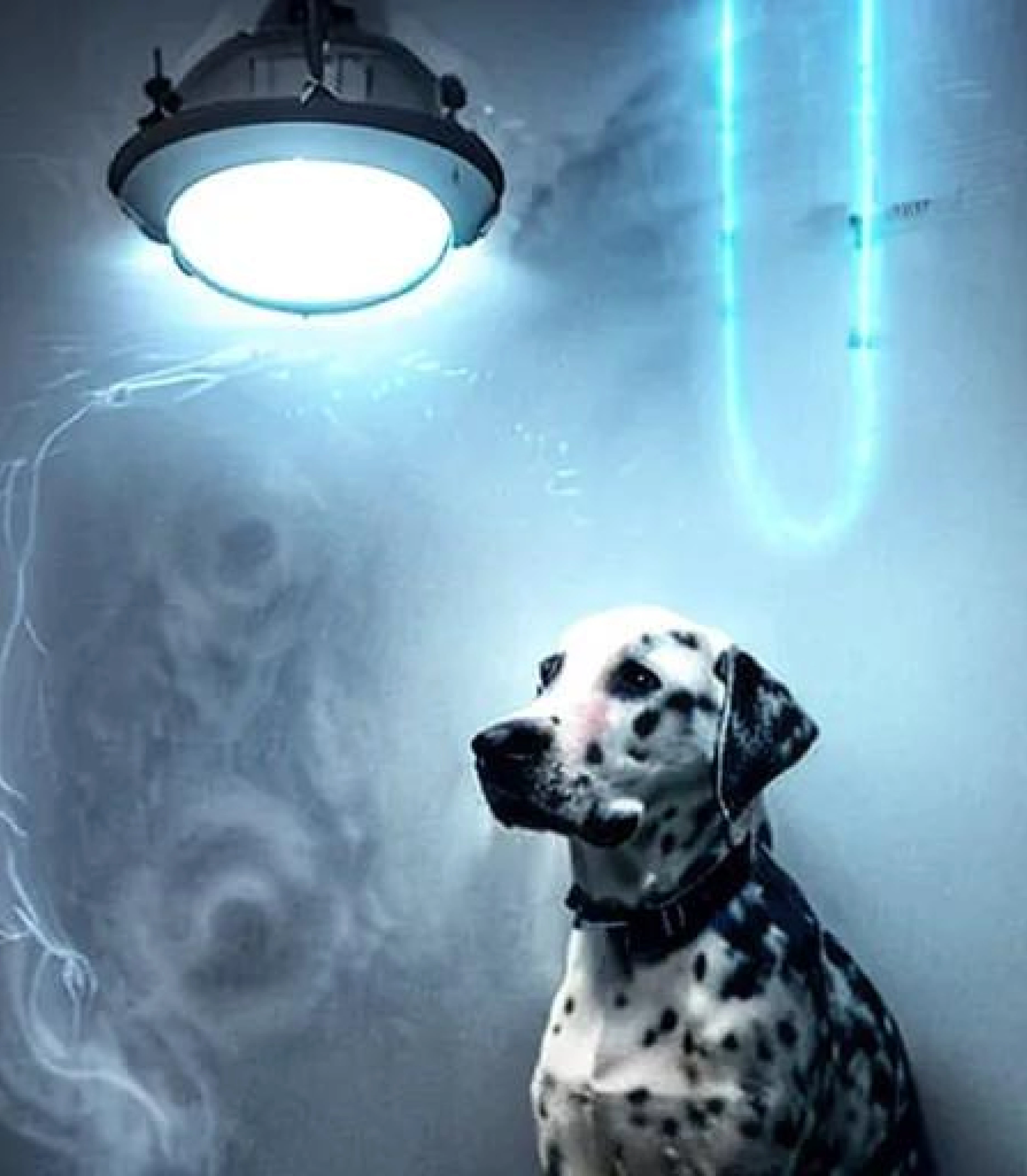
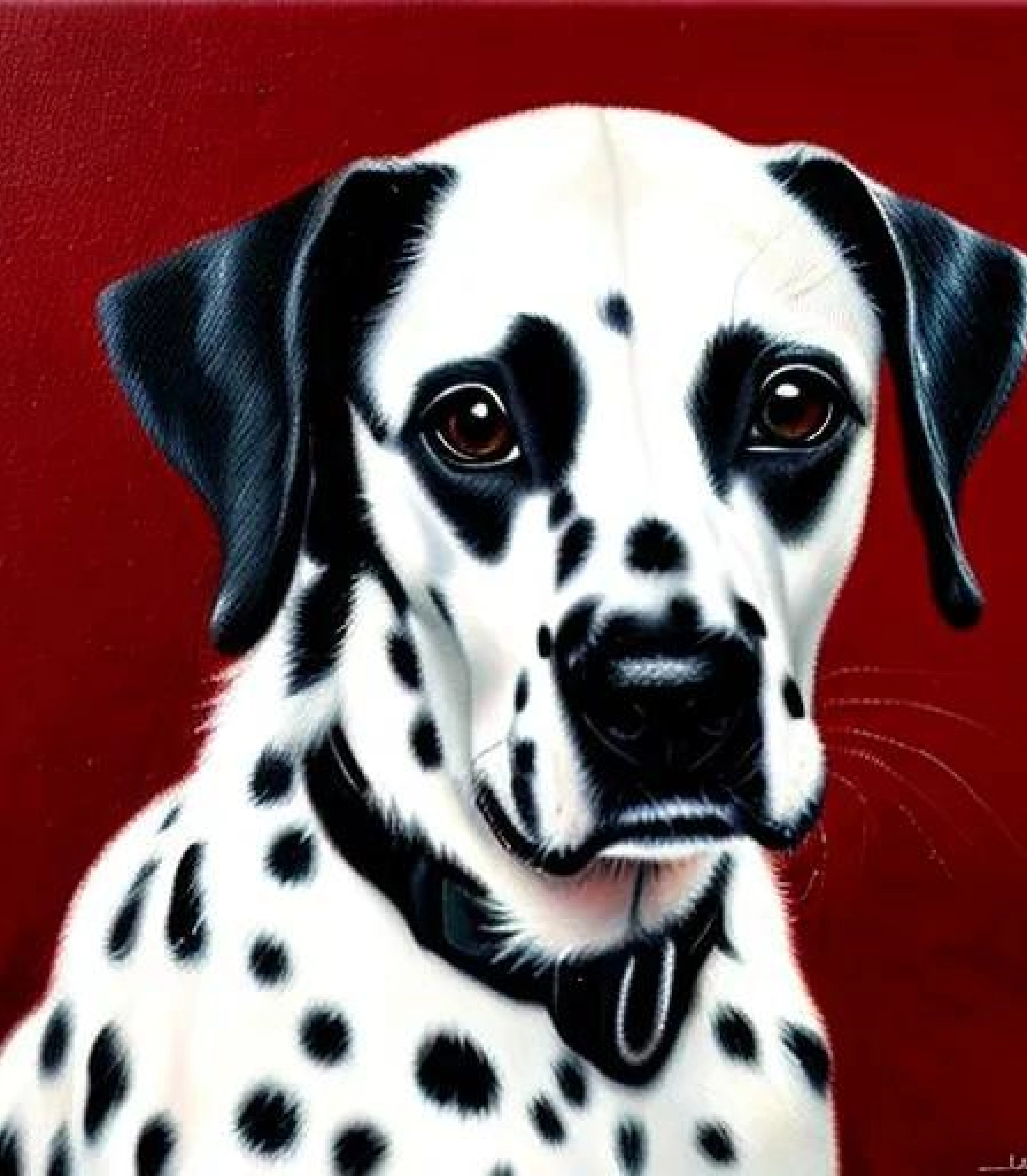
Fun Facts
Dalmatians have a lifespan of between 11 and 13 years.
The ideal height for Dalmatians is 58-61cms for males and 56-58cm for females.
Dalmatians need more than two hours exercise a day.
There are two breed standard Dalmatian colours – white with black spots and white with liver spots.
There is one non-breed standard Dalmatian – lemon spotted.
No two Dalmatians have exactly the same pattern of spots, their coats are one of a kind.
Dalmatian’s spots start to appear when they are ten days old. They will continue to develop until Dalmatians turn 17-18 months.
A Dalmatian’s spots usually measure between 1.25 inches and 2.5 inches, you’ll even see them in their mouths.
The exact origins of the Dalmatian are unknown; this may be because the Dalmatian often travelled with Romani people who are historically nomadic.
Dalmatians were known as the “Spotted Coach Dog”.
In 1791 Thomas Bewick named the Dalmatian.
As well as being carriage dogs, dalmatian would also guard the stables at night.
Dalmatians usually give birth to between six and nine puppies. In 2019, Melody, a dalmatian from Australia gave birth to 19 puppies!
George Washington, America’s first president, was a dog enthusiast. He owned two dalmatians, a female named Madame Moose and later in 1786, a male dalmatian for breeding.



